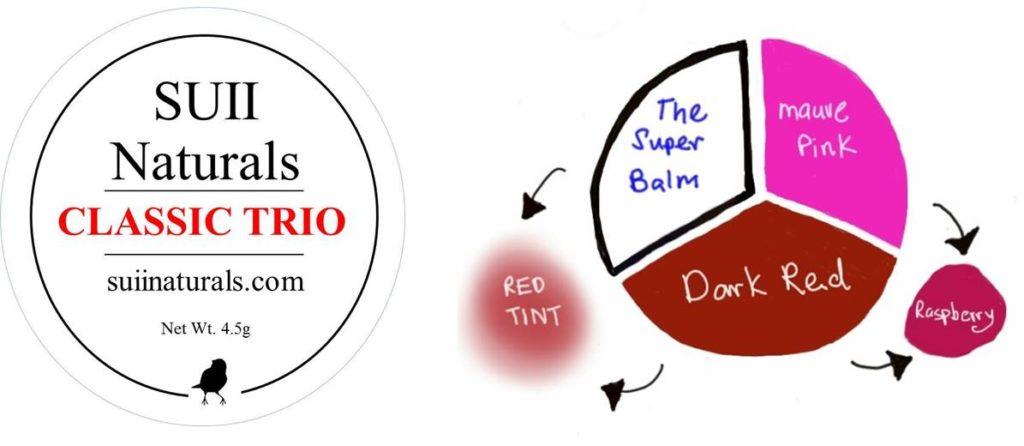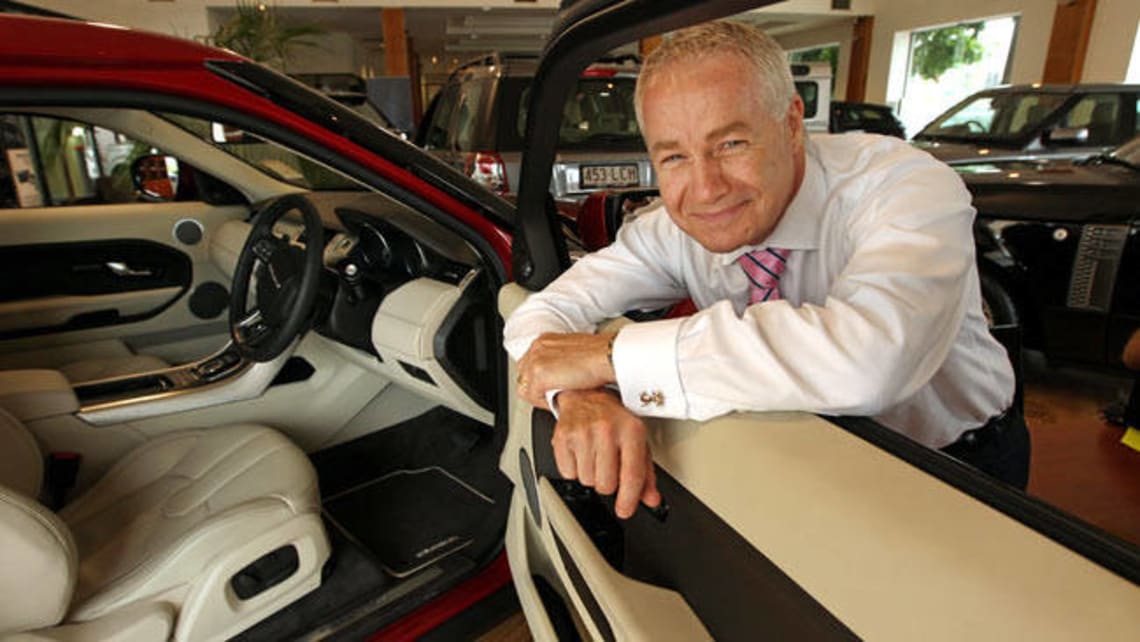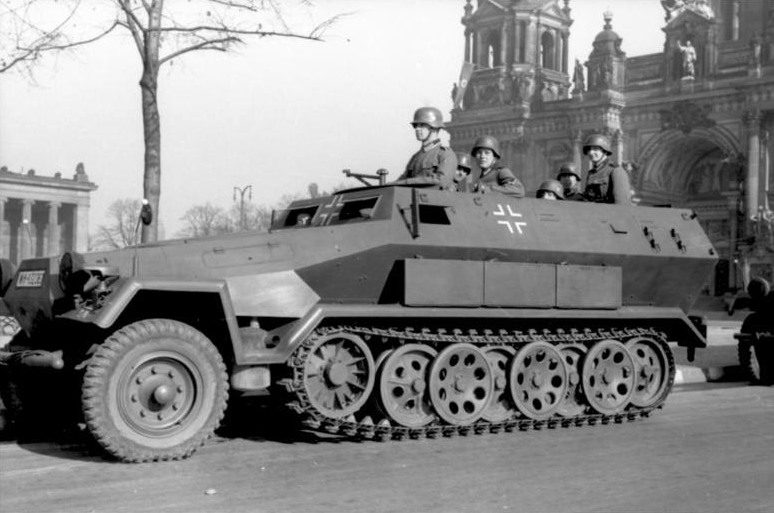
AP Eagers improves efficiency

Martin Ward at the AP Eagers Range Rover showroom in Brisbane Fortitude Valley. (Photo: Lyndon Mehilsen)
CEO Martin Ward said that while new car sales fell as soon as the crisis hit in 2008, tighter financial conditions forced the company to increase the efficiency of all of its 90 East Coast franchised fleets. .
The benefit from that pain was evident earlier this month when the auto dealer raised its annual profit forecast for last year to $61 million from $45.3 million in 2010, beating an October market forecast of $54-57 million.
The results of the audit will be published at the end of next month. The immediate effect of management was to raise the company's share price from $11.80 to a high of $12.60, but it has since fallen back to $12, still 20 cents higher than before the announcement.
The best result was achieved without the sale of new or used vehicles, which is the main activity of the company. New car sales in Australia fell 2.6% last year and Eagers shared the pain, although there were signs of a recovery in the second half of the year.
Mr. Ward said there were two main factors contributing to Eagers' better result: Adtrans' acquisition of South Australia last year and the higher performance of the existing business - not through additional sales, but through greater efficiency.
The listed car retail sector is small. Automotive Holdings Group is the largest company, but it also handles logistics in areas such as cold storage. The next two were Adtrans and Eagers.
Eagers owned about 27% of Adtrans until they bought the company in 2010 for $100 million. The purchase was described at the time as "a good buy with low mileage and one caring owner".
In many ways, the growth of AP Eagers over the past few years has followed several other Queensland companies moving from states to national operations.
Eagers is a Queensland company that has been operating in Brisbane for 99 years. He began selling cars almost as soon as they became commercially available. The company has been listed on the stock exchange since 1957 and, as Ward was quick to point out, pays dividends annually.
Until six years ago, he only worked in Queensland. Eagers operates under a franchise system. Since 2005, around the time Mr. Ward began with the company, it has begun to expand interstate, but the big leap was the acquisition of Adtrans, which secured access to South Australia and Victoria and increased its footprint in New South Wales, providing her presence all over the east coast. .
Eagers currently handles 45% of operations in Queensland; 24 percent in New South Wales; 19 percent in South Australia; and 6 per cent each in Victoria and the Northern Territory. Adtrans is the largest car retailer in South Australia and a major truck retailer in New South Wales, Victoria and South Australia.
Mr. Ward said the acquisition took place at the end of 2010 and it was only last year that the company began to make real profits from the acquisition.
“What we have been able to do is to eliminate the entire management layer of a public company for one small company and merge it into a larger company, things like payroll,” he said. "Once you've made an acquisition, it takes some time to lock in, and we're seeing the benefit of that now."
Mr. Ward said that almost exactly half of the projected increase in profits this year was due to the acquisition of Adtrans, but the company also achieved efficiency gains. “It's a game of inches. This is an industry where a lot of people get commissions and margins are always low,” he said.
He said AP Eagers used accounting firm Deloitte to evaluate the company's performance every 90 days, and this gave the company the ability to identify problem areas very quickly.
"So if we're not working in some area, we can identify it and take action pretty quickly to fix the problem," he said. “In 2008-09, we did a lot of things that, in retrospect, we put off for years, but the GFC really pushed us to do something about it.
“What we have been able to do is reduce our cost base, which was getting bigger until 2007. In some cases, this is due to a move to cheaper facilities where we get the same exposure but pay less.”
A good example of this is Brisbane, where the company operated Ford and General Motors dealerships in two prestigious but expensive locations. Now they have moved, cutting costs and adding a Mitsubishi store.

